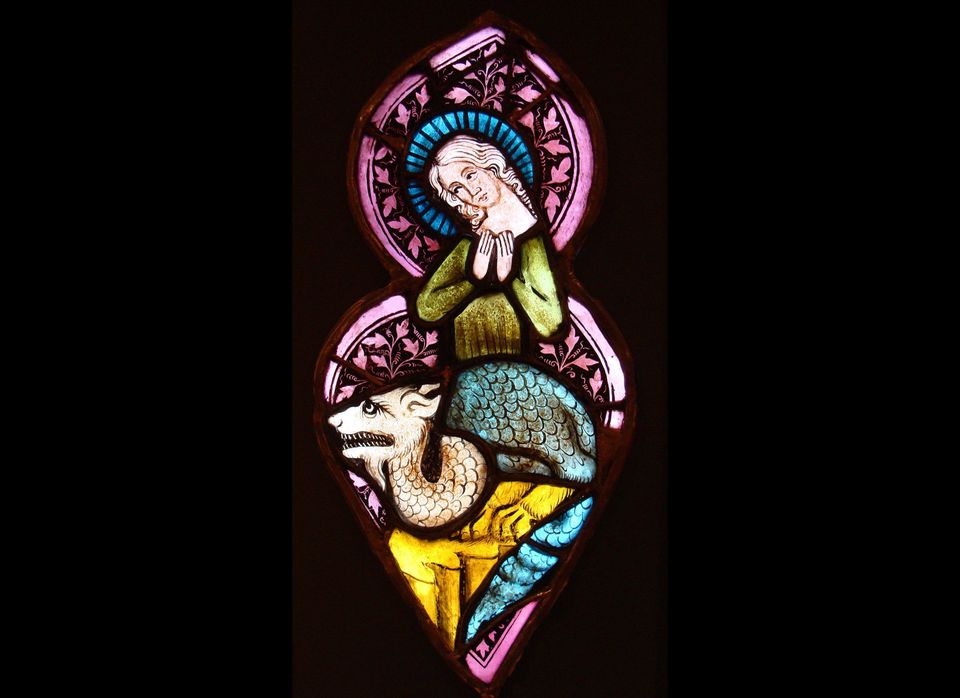For millennia, people of all faiths have enriched their religious lives by embarking on physical journeys to sacred places. This summer, New York's Rubin Museum of Art invites you to explore the role of these important pilgrimages in three of the world's largest religious traditions: Buddhism, Christianity, and Islam.
"Pilgrimage and Faith" represents the greatest range of objects and geographical scope ever presented at the museum, with examples from Japan, France, Turkey, Spain, Iran, Tibet, England, Italy, China, Uzbekistan, Nepal, and India. Diverse examples of objects from each faith, including a Chinese Buddhist pilgrimage map, Muslim clay prayer tablets, a Tibetan Buddhist hand prayer-wheel, and a 14th-century Italian chalice, are among the exhibition's more than seventy works of art and artifacts.
Dating from the 9th century to the present, some works are of high artistic skill, while others were intended for everyday use. Though these pilgrimage objects take myriad forms, inherent in each is a shared human need that transcends any one faith.
For Buddhists, pilgrimage is an important means to accrue merit, secure a favorable rebirth, and advance towards the release from rebirth, and pilgrimage is a major means in this. First focused on sites associated with Buddha Shakyamuni, Buddhist pilgrimages to natural sites and places associated with powerful deities or holy persons and their representations, gained popularity as new forms of Buddhism emerged over time.
Western Christian pilgrims wishing to honor a revered place or individual, or to petition for grace for themselves or others, traditionally journey to Jerusalem, Rome, or Santiago de Compostela. Pilgrimages to Jerusalem involve visits to places mentioned in the Old and New Testaments, and important places in the life and Passion of Christ. The tombs and relics of various saints, such as Peter and Paul, are venerated during pilgrimages to Rome. Pilgrims journey to Santiago de Compostela in order to visit the tomb of St. James, the first of Jesus' disciples to die a martyr's death.
Pilgrimage to Mecca (Hajj) is the fifth and final pillar of Islam, and the most important representation of Islamic faith and unity. Other revered sites for Muslims include Medina, the Dome of the Rock in Jerusalem, and the holy city of Karbala, Iraq. Unlike in Buddhism or Christianity, relics and material remains are not central to Islamic practice, and the Islamic exhibition objects reflect worship at local and pilgrimage sites alike.
The Rubin Museum of Art is the final venue for this exhibition that originated at College of the Holy Cross in Worcester, Massachusetts. It will be on view July 1 - October 24, 2011.
Advertisement
